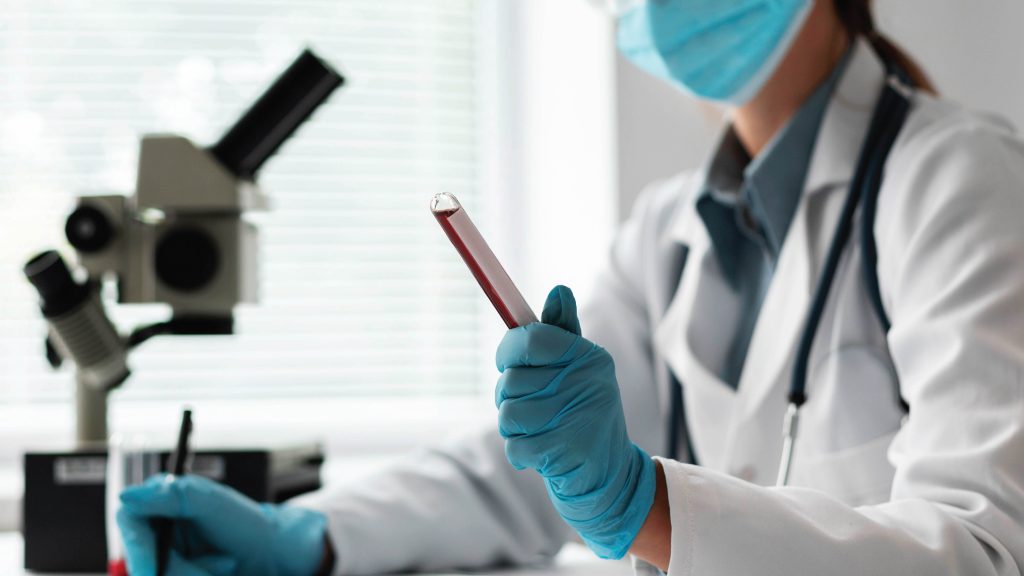Overview
When it comes to maintaining safety, compliance, and productivity, on site drug and alcohol testing has become one of the most practical solutions for modern businesses. Rather than sending employees to offsite labs—which can be time-consuming and disruptive—on site testing brings the entire process directly to your workplace. It’s fast, accurate, and built for companies that want to protect their teams while keeping operations running smoothly.
In today’s competitive environment, every business—whether it’s in logistics, healthcare, construction, or manufacturing—needs to prioritize safety and reliability. On site testing helps you achieve both, while reducing downtime and ensuring compliance with local and federal regulations.
Why On Site Testing Is Changing the Game
Traditionally, drug and alcohol testing meant sending employees offsite to third-party labs. That often led to lost productivity, scheduling issues, and unnecessary delays. On site testing eliminates these inefficiencies by conducting screenings right at the workplace.
Here’s what makes it a game-changer:
- Speed and Convenience – Testing can be completed in minutes, with results available immediately for most screenings. No travel. No waiting.
- Reduced Downtime – Employees spend less time away from work, allowing businesses to continue operating seamlessly.
- Enhanced Accuracy – Certified collectors follow strict protocols, ensuring the results are legally defensible and compliant with DOT or non-DOT standards.
- Customizable Solutions – Businesses can choose from a variety of testing panels and scheduling options based on their specific needs.
With workplace safety becoming a key compliance issue across industries, on site drug and alcohol testing offers a proactive way to protect both employees and employers.
The Process: How It Works
On site testing is designed to be as efficient and non-disruptive as possible. Here’s a quick breakdown of how it typically works:
- Step 1: Scheduling & Setup – The testing provider coordinates with your HR or safety department to plan a convenient testing window.
- Step 2: Mobile Collection Unit – A trained collector arrives with all necessary equipment, including test kits and protective materials.
- Step 3: Testing & Verification – Samples (urine, saliva, or breath) are collected on site following certified procedures.
- Step 4: Instant Results or Lab Confirmation – Many tests offer instant preliminary results, while others are sent to certified labs for confirmation.
- Step 5: Reporting & Compliance – Employers receive secure reports and documentation for compliance records.
This end-to-end process is designed for simplicity and transparency, helping businesses maintain a safer work environment without operational disruption.
Industries That Benefit Most
While nearly every organization can gain from implementing on site drug and alcohol testing, certain industries see even greater advantages due to high safety standards and regulatory oversight:
- Transportation and Logistics – Ensuring drivers are fit for duty keeps the roads safer and helps companies maintain DOT compliance.
- Construction and Manufacturing – Reduces risk of workplace accidents caused by impairment.
- Healthcare and Education – Protects vulnerable populations and upholds trust in service environments.
- Energy and Utilities – Meets strict safety and compliance demands for hazardous work environments.
- Corporate and Office Settings – Supports fair, consistent HR practices while maintaining professionalism and trust.
By implementing on site testing, these industries strengthen accountability, lower liability, and reinforce their commitment to safety-first values.
Integrating Technology and Managed Services
What’s interesting about modern on site drug and alcohol testing is how it’s evolving with digital transformation. Advanced testing providers now integrate cloud-based reporting systems, allowing HR teams to access results securely and instantly.
This seamless integration often works best when paired with professional IT support. Businesses that already rely on managed IT services Dallas or similar technology partners can take advantage of data security, automation, and compliance management built right into their digital workflow.
For instance, these IT-managed systems can:
- Automatically log and track compliance records.
- Alert HR teams when re-tests or follow-ups are due.
- Protect sensitive employee information through encrypted databases.
- Connect directly with safety management software or HR platforms.
By combining on site testing with robust IT infrastructure, businesses can modernize their compliance strategy and minimize the risk of human error or data breaches.
The Benefits Beyond Compliance
While staying compliant is crucial, on site drug and alcohol testing offers benefits that extend far beyond regulations:
- Improved Workplace Morale – Employees appreciate transparency and safety initiatives that protect everyone equally.
- Reduced Turnover – Pre-employment testing ensures that new hires meet company standards, leading to more dependable teams.
- Fewer Accidents and Claims – By catching issues early, employers minimize costly workplace incidents.
- Enhanced Reputation – A strong safety culture attracts both customers and talent, reinforcing the brand’s reliability and responsibility.
It’s not just about testing—it’s about building a culture of trust and accountability.
When Should Companies Test?
There’s no one-size-fits-all approach, but common scenarios include:
- Pre-employment testing – Before onboarding new hires.
- Random testing – To maintain fairness and discourage substance use.
- Post-accident testing – After incidents to determine possible impairment.
- Reasonable suspicion testing – When observable signs suggest possible drug or alcohol use.
- Return-to-duty testing – After rehabilitation or policy violations.
Regular testing schedules, combined with strong HR policies, help maintain consistency and transparency across the board.
Building a Safer Future
At its core, on site drug and alcohol testing isn’t about distrust—it’s about protection. It safeguards employees, enhances productivity, and ensures companies remain compliant with both internal and federal regulations.
The businesses that adopt this proactive approach send a clear message: safety and accountability come first. And as industries grow more complex and interconnected, blending safety protocols with modern IT management—like leveraging managed IT services Dallas—ensures your workplace remains not only compliant but future-ready.


